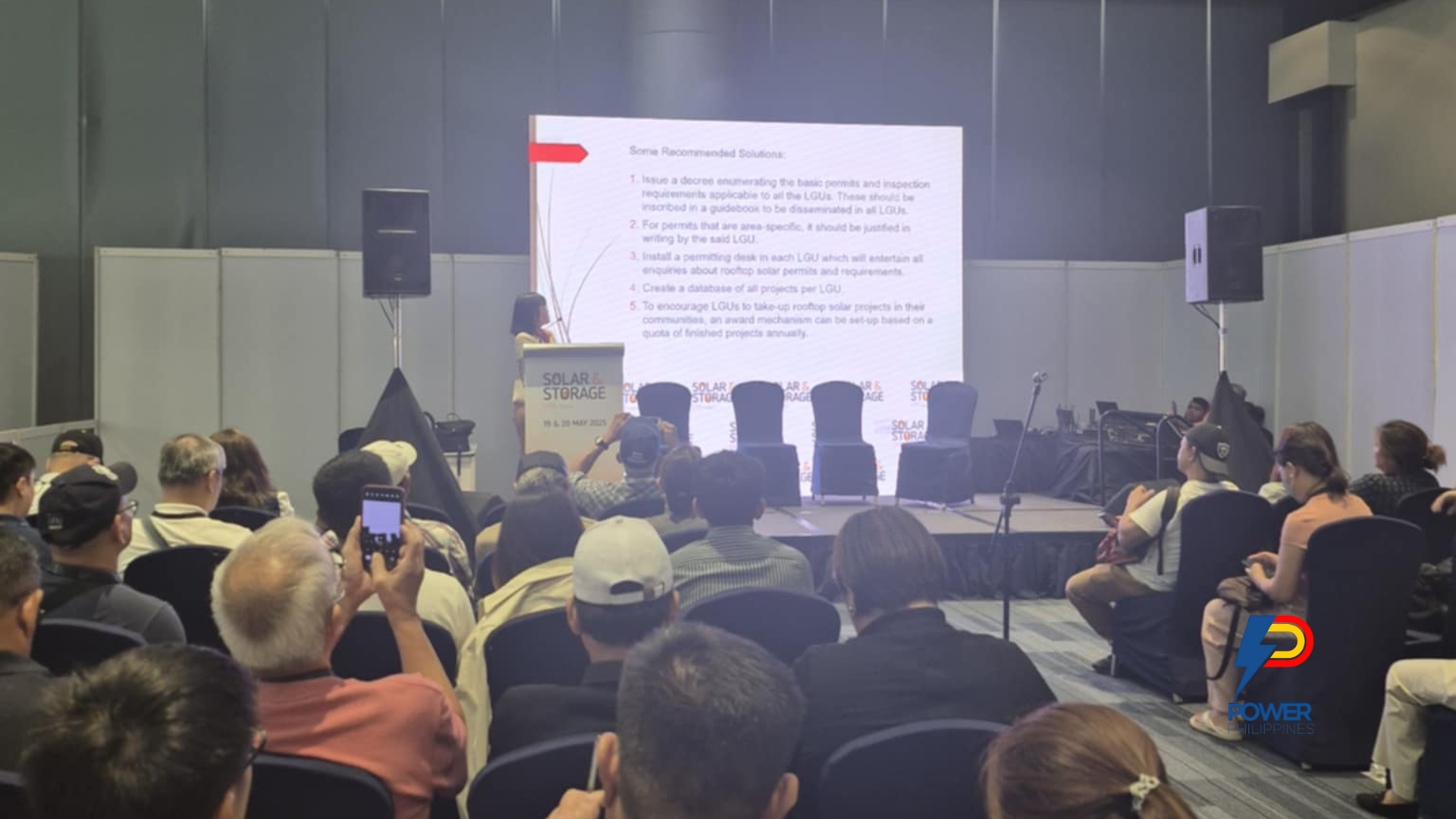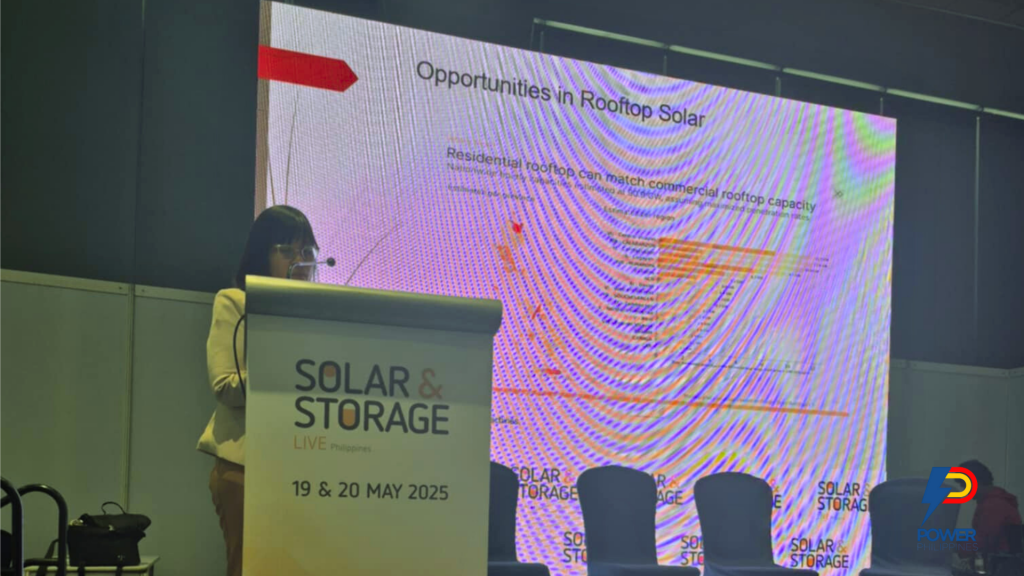Inconsistent LGU Permits Stalling Rooftop Solar Growth, Expert Warns
- May 21, 2025
- 0

The residential rooftop solar market in the Philippines is facing significant regulatory headwinds due to the lack of standardized permitting processes across local government units (LGUs), a challenge that is not only slowing adoption but also giving rise to informal “guerrilla” installations.
Presenting a case study at Solar & Storage Philippines Live 2025, Cristina
“For the same 520-kilowatt peak project, one company paid PHP 153,000 in Rizal but only PHP 16,000 in Laguna. There’s a very big gap,” Alfonso noted. “Without a nationwide policy on fee schedules, LGUs rely on their own resolutions to set prices, leading to confusion and delays.”
According to Alfonso, the lack of standardization has become a deterrent for businesses and consumers, particularly when combined with burdensome documentation requirements like building permits, electrical plans, and occupancy certificates—which some homeowners may no longer possess.
In the absence of streamlined procedures, some consumers are resorting to unregistered installations, bypassing regulatory channels to get systems up
“These guerrilla installations are not registered with the DOE or the ERC, and they pose real execution risks to service crews working on the lines,” she warned.
The surge in unregulated solar setups is not just a compliance issue—it’s a safety hazard. Because these installations operate outside formal inspection channels, they may lack proper safeguards, exposing both consumers and utility workers to electrical faults and fire risks.
To address the growing concern, Alfonso outlined a set of policy recommendations aimed at streamlining the permitting process. Chief among them is the creation of a national decree that enumerates required permits for rooftop solar and the establishment of LGU-based permitting desks dedicated to solar project inquiries.
“This should be inscribed in a guidebook to be disseminated across all LGUs,” she said. “And area-specific permits must be justified in writing by the issuing LGU.”

To further encourage participation at the community level, she also proposed the introduction of an award mechanism that incentivizes LGUs based on the number of completed solar projects annually.
While technical hurdles like battery costs and limited grid infrastructure still persist, the regulatory burden—especially at the LGU level—remains one of the most immediate bottlenecks to residential solar expansion.
“Rooftop solar has great potential, but without coherent permitting policies, we risk stalling progress at the ground level,” Alfonso concluded.
As the country looks to diversify its energy mix and empower households to become energy producers, policy coherence may prove just as critical as technology in unlocking the full potential of residential solar.
What changes do you believe are most urgently needed to make rooftop solar more accessible and compliant? Join the conversation and share your insights: How can we make solar permitting faster, fairer, and safer for everyone?
Follow Power Philippines on Facebook and LinkedIn or join our Viber community to stay up to date on the latest energy news.